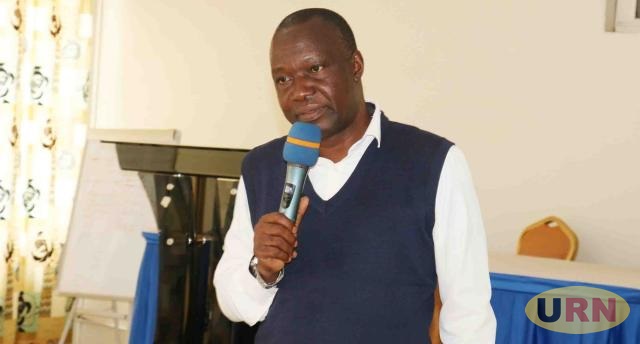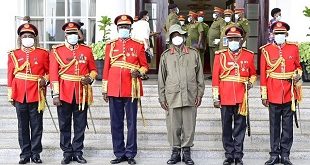
Mukono, Uganda | THE INDEPENDENT | The Ministry of Gender Labour and Social Development (MGLSD) has confirmed shortlisting 24 childcare homes at risk of closure in Mukono district.
The arrangement is a pilot study aimed at closing several other illegal homes across the country. The list shall be issued after the final thorough inspections.
According to Shafik Butanda, the Principal Probation and Social Welfare Officer at the Ministry, the campaign had to cover the areas of Wakiso, Mukono, Jinja City, and Jinja District which are reported to be hosting childcare homes that are deemed to be posing risks to children. They were however limited by resources.
“We decided to focus on Mukono where both the technical and political teams are more compliant and willing to support the campaign intended to ensure that children grow up in a supportive family environment,” Butanda said during a media brief on Tuesday evening at Mukono.
The ongoing pilot campaign intends to trace the families of the affected children and have them reunited. Children whose families are untraceable will be handed over to foster families and approved homes. Butanda says they have so far identified about 200 foster parents in the country who are willing to take care of such children.
Statistics at the Ministry of Gender indicate that there are only 190 approved homes in the country accommodating 9,700 children. Out of these, 80 per cent are located in the central region. However, Butanda says the number of unapproved homes is about to surpass the number of approved homes for which they intend to launch a crackdown.
Mukono District Probation Officer, James Ntege says that the district only has 11 approved homes, but they have also identified 24 homes operating illegally. The illegal homes accommodate 1,200 children.
Research conducted by the Ministry of Gender indicates that many children run from their homes to the streets and alternative homes due to financial and material poverty, violence at home, loss of parents, parental separation or divorce, disability, chronic illness, humanitarian emergencies, and bad cultural practices.
Mukono Central Division Chairperson Robert Peter Kabanda welcomed the initiative saying good parenting is often significant to both the children and the community. According to him, inadequate care can also be life-threatening and lead to other child protection concerns which negatively impact both children and the wider society.
The management of children’s homes in Uganda is regulated under the Children and supported by the Children Rules. The instruments detail rules and regulations surrounding alternative care homes, types, and levels of care, purpose and specifications for home approval, as well as what is required for the Minister’s approval.
The instrument states that all children must have a separate bed. It specifies that children must have appropriate education and religious beliefs respected. Provides rules for parents’ visitation, parental rights, and responsibilities regarding the child as well circumstances under which the child may leave alternative care.
The minister of Gender ascents to the approval of a home after confirming the presence of the social welfare of children and what they require medically.
The Children’s Act provides for revocation of approval if, upon assessment, an approved home is found not to meet these rules and standards. Operations are discontinued within three months after the notice of the Minister’s decision has been served to the warden or within such further period as the Minister may, in writing, permit.
However, after the notice of closure, illegal homes are allowed to do voluntary self-closure and notify the minister in writing. It may be a total closure, transition, or repurposing to other community-based interventions. It can also be an emergency intended for the immediate closure of a home if its conditions in such a home pose an immediate and serious risk to the life, health, or well-being of children in care.
The last type of closure is planned closure which involves a structured process aimed at transitioning a home, assessed and found to fall short of the minimum standards specified in the Children (Approved Homes) Rules, 2013, leading to its eventual closure.
*******
URN
 The Independent Uganda: You get the Truth we Pay the Price
The Independent Uganda: You get the Truth we Pay the Price


